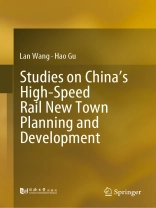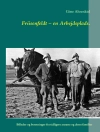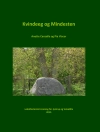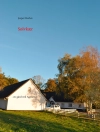This book focuses on high-speed rail (HSR) and new town planning and development related to HSR, approaching the issue from three different perspectives: economic cooperation at a regional level; HSR-based economic growth point at a city level; and mixed land use and building environment in the periphery area of HSR stations. On the basis of simulations and case studies, it proposes practical planning principles and suggestions for area development, providing planners with a theoretical framework to incorporate the transportation system into new town planning. It also serves as a valuable reference source for the authorities, enabling them to make evidence-based and rational decisions.
قائمة المحتويات
High-Speed Rail(HSR) and Urban Development.- Location Selection of HSR Station and Urban Development.- Impact of HRS Station on its Surrounding Area.- Case Analysis: Planning and Development Process of HSR Station.- Comparative Analysis of Planning and Development of HSR New Town.- Planning Analysis of the Surrounding Area of HSR Station.- Appendix.- References
عن المؤلف
Lan Wang is a professor at the College of Architecture and Urban Planning at Tongji University. She holds bachelor’s and master’s degrees in Urban Planning and Design from the same University. She received her Ph.D. in Urban Planning and Policy from the University of Illinois at Chicago. She has been the assistant dean of the College of Architecture and Urban Planning at Tongji University since July 2014, and the secretary-general of National Steering Committee of China Urban and Rural Planning Education since 2010. She is both a senior urban development specialist for the Asian Development Bank (ADB) and an urban regeneration consultant for the World Bank. She also serves as the deputy director of ADB-Tongji University Urban Knowledge Hub. Her current research interests include healthy cities, urban regeneration, new town development and strategic planning in globalizing cities.












